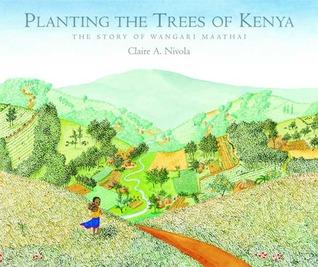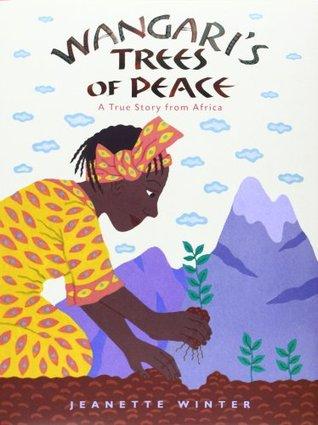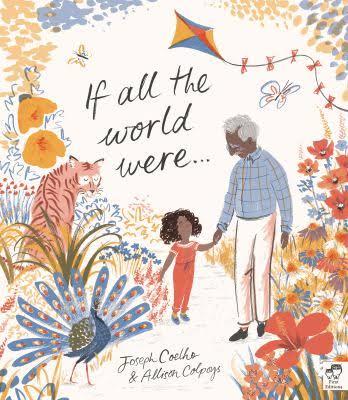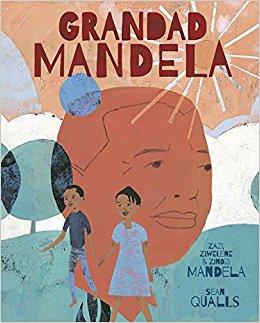
scrounge: /skrounj/ informal verb: to actively seek [books] from any available source

Number the Stars is a book I know I read in middle school or high school, but since I couldn't remember much about it I decided to read it again, and I'm glad I did -- it's not a long story, but manages to portray a concise and moving picture of a family living in Denmark during the Nazis' "relocation" of the Jews. They may not be part of a resistance movement, but when their friends' lives are in danger, they know they must act to help them. The climax involves ten-year-old Annemarie who is faced with a task of delivering a necessary item to people who are trying to flee.
I was especially interested in the Afterword at the end which confirms that, while the families portrayed in this story are fictional, it is closely based on many events that actually happened (broadly) and inspired by brave people who did actually risk their lives (and some died) to save others. Definitely recommended.
Scrounged From: Our local flea market
Format: Paperback
Author: Lois Lowry
Pages: 137
Content Advisory: Murders of a sister and others are mentioned, and peril and suspense while Jews are smuggled away, people encounter soldiers, etc.

Though I just featured another picture book about Wangari Maathai (Wangari's Trees of Peace) I found Planting the Trees of Kenya to be just as wonderful at telling Wangari's story, and I also thought it was more detailed not only in the illustrations, but also in its descriptions of the before-and-after pictures of the Kenyan landscape, as well as the practical, daily benefits that a healthy amount of trees can bring to the average worker.
So not only does this story briefly cover Wangari's early life and education, but it also paints a vivid picture of her vision for re-planting the destroyed trees of Kenya, empowering the women (and men, eventually) around her to take personal responsibility for their environment, and the difference that trees can make to an environment.
This is a great story of a remarkable woman, but also a book that can help to inspire us all to take a greater sense of responsibility for the care of the land that we all live on.
Scrounged From: Our local library
Format: Hardcover
Author/Illustrator: Claire A. Nivola
Pages: 32
Content Advisory: None

Wangari's Trees of Peace is the inspiring true story of a woman who faced the destruction of her country's natural environment and decided to do something about it herself, and in the process empowered many of her fellow Kenyans to care for their own land.
Wangari faced many obstacles, and her work was slow going at times, but after decades of work, the movement she started has re-planted millions of trees and helped to enrich the environment and people's lives. Her story is definitely a valuable one to introduce children to -- one caveat is that one of the obstacles depicted in this particular book is Wangari being assaulted by a law enforcement officer, which parents/teachers might like to be aware of before reading. Otherwise, the text and illustrations are quite accessible to young children.
Wangari was awarded the Nobel Peace Prize in 2004 for her work in sustainable development, human rights, and peace.
Scrounged From: Our local library
Format: Hardcover
Author/Illustrator: Jeanette Winter
Pages: 32
Content Advisory: One scene shows Wangari being hit by a law enforcement officer, which may be disturbing for some children.

If all the world were springtime
I would replant my grandad's birthdays
So that he would never get old.
If All the World Were... is a beautifully illustrated poem about a girl's relationship with her grandfather, encompassing both her joy as she spends time with him, and her sadness at his eventual passing.
Tracing life through the seasons of one year, the story finds beauty in simplicity, the small joys of simply being together and doing things. Without using a lot of words, it communicates love and memories, each memory represented by a small token that relates to the day they spent together.
This one got me a little teary -- it's very sweet and even in the sadness, celebrates the joy of good memories. The colors in the illustrations are also lovely.
(Thanks to NetGalley for the review copy.)
Scrounged From: NetGalley
Format: Kindle
Author: Joseph Coelho
Illustrator: Allison Colpoys
Pages: 32
Content Advisory: Obviously, this book deals with loss and is sad (but also happy). No specifics the illness/dying process are mentioned.

Grandad Mandela serves as a wonderful introduction to the life and legacy of Nelson Mandela, who brought an end to racial apartheid while president of South Africa.
The book is written as a conversation between the book's author, Zindzi Mandela, who is Nelson Mandela's daughter, and her two grandchildren, Zazi and Ziwelene. While the conversation primarily serves to structure the narrative, it also brings a sense of familial connection and pride to Mandela's story.
In order to adequately cover the major events of Mandela's life, the story also explains important concepts from that time and place that might not make as much sense to children these days, such as apartheid, justice (especially as it related to apartheid), and the African principle of "Ubuntu" -- treating others as we would want to be treated, and in Mandela's case, forgiving his enemies in order to work with them for the betterment of the entire country.
In addition to the thorough (without being too wordy) and important story, the illustrations here are wonderful -- they capture the view of Mandela as a single, important person, but also his fight for justice and the way it encompassed an entire country -- and the colors are wonderful too.
This is a great way for children to learn about an important historical figure, and for those of us who are older, it can serve as a jumping-off point for further reading.
(Thanks to NetGalley for the review copy.)
Scrounged From: NetGalley
Format: Kindle
Author: Ambassador Zindzi Mandela, Zazi and Ziwelene Mandela
Illustrator: Sean Qualls
Pages: 40
Content Advisory: Very little is actually said of violence ("fight" is generally used as a more theoretical term, implying the general fight for justice), but there is one scene that depicts two white policeman with sticks raised over two black people who are on the ground -- no blood, but it gives a visual of the racial dominance that was upheld under apartheid. There is mention of Mandela's long prison term, and how difficult it was to keep his spirits up.


